Food security at forefront of climate treaty
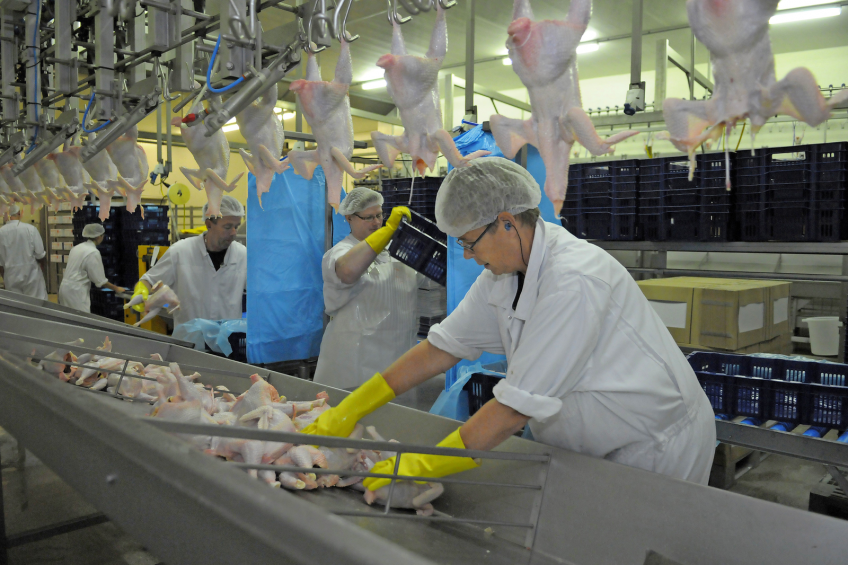
The carbon footprint of the poultry production industry has taken a back seat to preventing extreme hunger in the most recent climate agreement. But what are the implications for the industry.
At the end of last year close to 200 participants at the Climate Conference 2015 in Paris voted for a new binding climate agreement. In this agreement food production and security became an integral part of this new global climate treaty, which traditionally revolved around CO2 emissions.
Farmers and producer organisations across the board hailed the fact that food production and security finally made it into the text of the climate treaty. Koert Verkerk, Policy Advisor International Affairs of the Dutch Federation of Agriculture and Horticulture based in Brussels and the permanent representative of this organisation to Copa Cogeca, the European farmers and Cooperatives organisation, see it as a victory. Colleagues of Verkerk have co-written part of the new agreement in the various negotiating teams. That food production and security have become part of the climate convention is, according to him, a piece of consciousness to say the least. “One does not exclude the other. Agriculture and horticulture are polluters of the environment, especially the livestock sector. But, both the United Nations (UN), the FAO as the scientific community will see these also as part of the solution to prevent climate change.” With a focus on sustainable poultry farming, emissions can be reduced. For example, a poultry house can be fitted with an air scrubber to prevent NH3 entering the atmosphere, in breeding programmes there is a lot to be gained in terms of efficiency and manure can be processed into useful products.
Food security at centre stage
Separate from the Climate Treaty the UN has drawn up about 30 so-called ‘Sustainable Development Goals’. Verkerk: “Point two of these 30 goals is ending extreme hunger by 2030. This is now also evident in the climate agreement itself.” Basically this means, according to the lobbyist, that preventing climate change may never be at the expense of food production. Suppose a country or association of countries put heavy demands on agriculture and this is too much at the expense of food production, then these requirements must be relaxed.
Food production and security has since this last climate treaty clearly been put forward as a priority.” Not only is the European Union aware of this, also other countries have adapted their legislation accordingly. Examples are the Food Safety Modernization Act (FSMA) in the USA and the recently published amended food safety law in China to improve food safety. This can mean that climate measures may not lead to a decrease in food security in for example the developed world, but it also means that climate measures must be taken in order to prevent flooding of agricultural land in for example Bangladesh.
Achieving sustainability targets
On the other hand, both the UN and the climate treaty aims at making agriculture as sustainable as possible. Verkerk: “According to the latest climate agreement the so-called developed countries worldwide must donate at least €100 billion per year to the climate fund. All resulting projects are accompanied by the UN.” How much the livestock sectors will get exactly, is not yet clear, but it is clear that it will have to be used for sustainable farming methods. Verkerk expects that the climate agreement will be translated in future legislation of the 198 countries that signed the agreement. Also in US legislation and the common agricultural policy (CAP) of the EU. This is providing an opportunity according to Verkerk: “To ensure more sustainable food production and security one needs not so much tougher, but smarter legislation that points the livestock industry in the right direction.”
Last year during Expo Milano 2015 in Italy the core theme was ‘Feeding the Planet, Energy for Life’. One of the topics was that poultry meat combines the advantages of being an affordable and accessible source of protein with low fat content and low carbon emissions. Recent FAO figures show that the poultry sector, which accounts for 35% of global livestock production, contributes only 7% to the total livestock emissions. This makes poultry one of the most sustainable meat sectors in the world according to Verkerk.

No market disadvantages for climate-friendly poultry farmers
Maja Slingerland, on behalf of the Centre for Sustainable Development and Food Security of Wageningen University, finds it gratifying news that food security is now part of the climate treaty of Paris. If we focus on livestock, she stresses that animal manure makes an important contribution to greenhouse gas emissions. The manure management of free-range chickens is difficult. For poultry in stables careful manure management is possible, including the capture of greenhouse gases. “Anaerobic digestion of manure may be part of the solution and can also deliver bioenergy, so that double climate advantage can be achieved. Within Europe, and preferably also in the USA, Canada, New Zealand and the like, minimum guidelines could be agreed upon so that climate-friendly poultry farmers experience no competitive disadvantage.”
Food vs feed discussion
Another concern about the climate aspect of poultry farming is feed production. At some point there would be competition with the production of crops for human consumption. “From the food security argument, less climate change related requirements could be demanded for food crops as suggested above by Verkerk, for example to avoid food becoming too expensive or lower food production in developing countries.” However when for the same crops climate change related restrictions would not be relaxed when it is used as poultry feed, this would lead to the need for segregated supply chains which is expensive and difficult to control especially when the destination of the harvested produce is only decided after production.
Higher climate-related requirements may lead to more creativity in housing and food rations of poultry, which require less fossil fuels. Slingerland: “Nevertheless, besides climate change goals, other aspects should be kept in mind. A high feed conversion (a lot of meat or egg per kg feed) is for example the most climate friendly, but rightly inhibited by considerations of animal welfare. Poultry farming in developing countries is often not yet industrialised. Additional climate demands on their current poultry farming can, if they are accompanied by high investment, drive up the prices of poultry products making these unattainable for poor people and thus threaten food security.” On the other hand, requirements from the climate agenda may bring the poultry sector in developing countries on a different development path.
Join 31,000+ subscribers
Subscribe to our newsletter to stay updated about all the need-to-know content in the poultry sector, three times a week. Beheer
Beheer

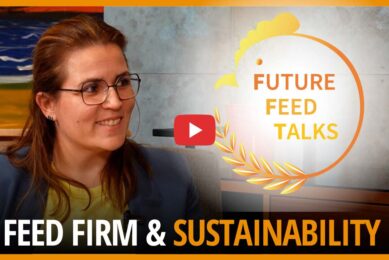
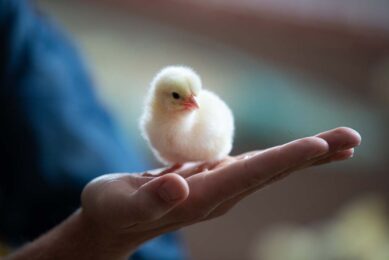
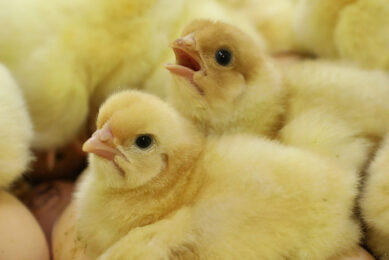
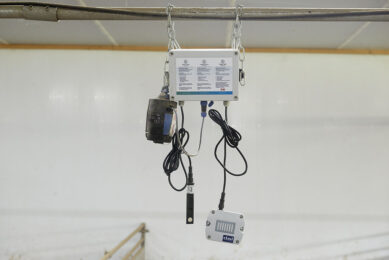



 WP Admin
WP Admin  Bewerk bericht
Bewerk bericht